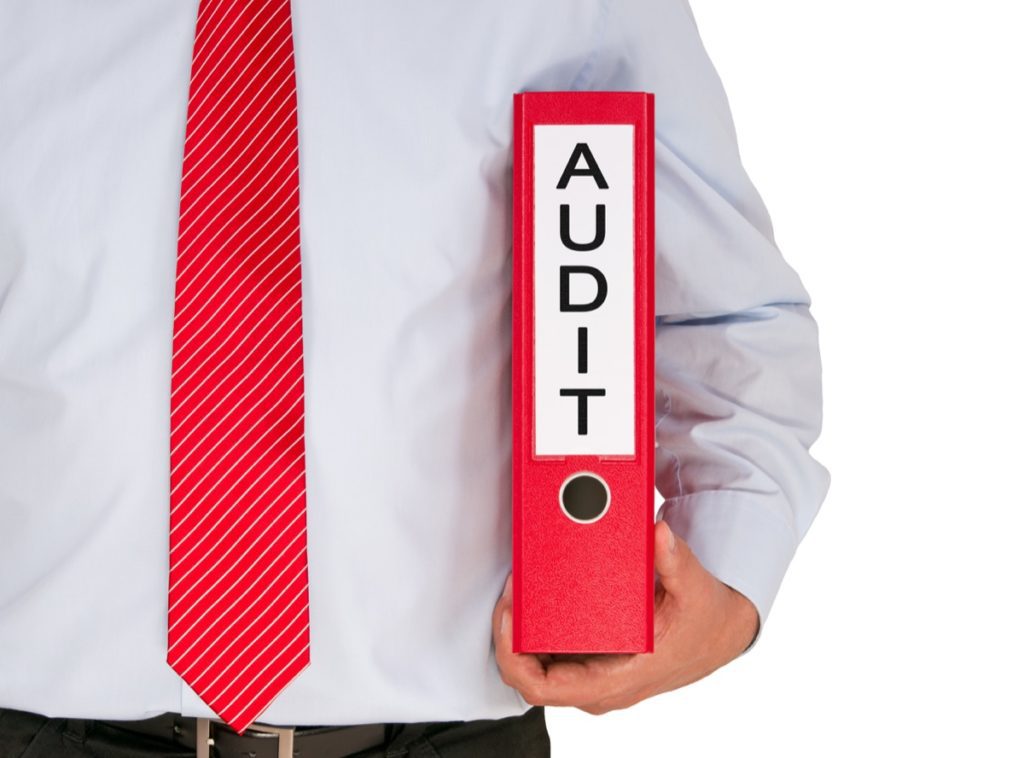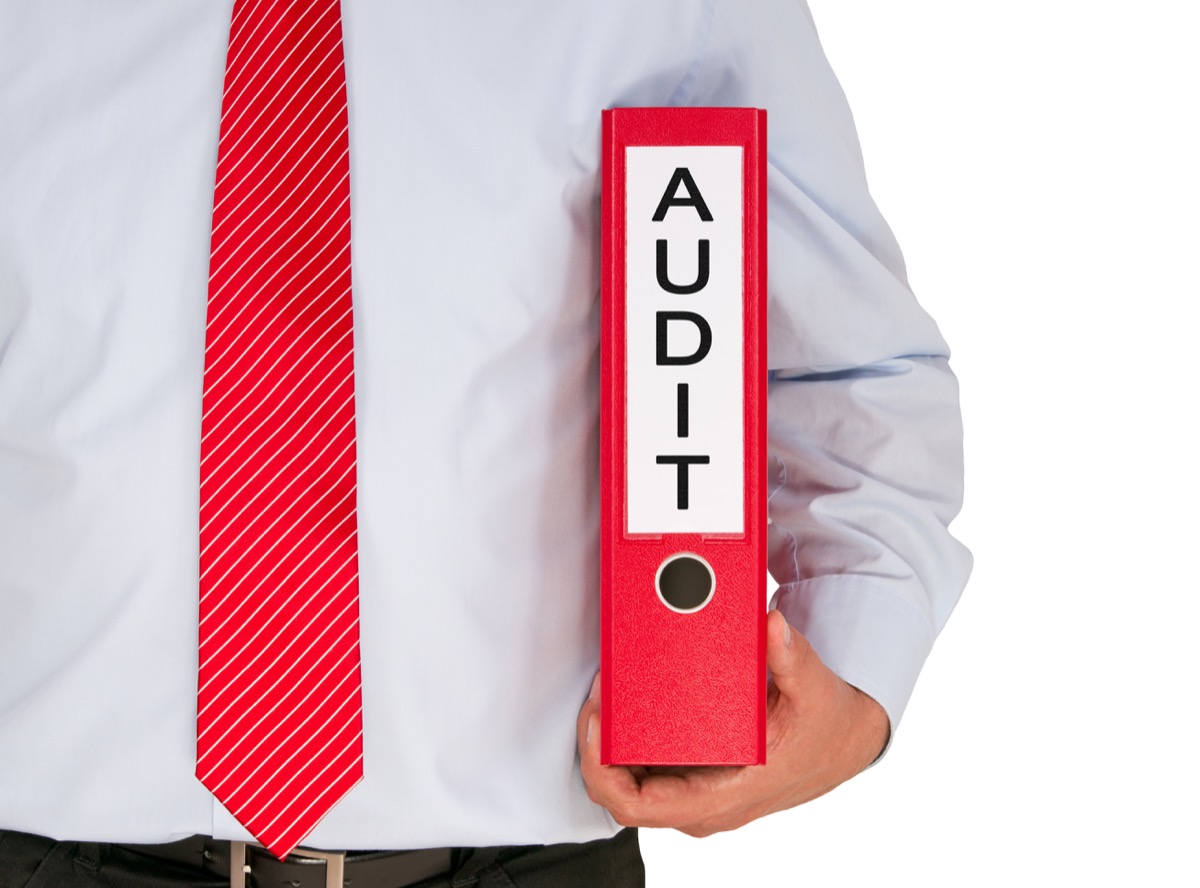Planning Ahead for Retirement
May 22, 2017

Transferring Your Retirement Savings?
When moving around your retirement savings, it is always best to have a plan. There are several options available to you when changing a job or just changing your retirement plan.
- Lump sum withdraws from your 401(k) from your old employer. Generally, this option is not advisable unless, in dire need of cash, as it can considerably reduce your retirement savings. Also, this could end up boosting you up into a higher tax bracket. Either way, you’ll end up paying more taxes.
- Leave the money in your old employer’s 401(k) plan. Generally, once you reach retirement age, your former employer may require you to withdraw the balance. The balance may also be left in the old plan temporarily while you look into new plans and find the right one for you. Unfortunately this not always an option. If your vested balance is $5,000 or less, your old employer may require you to take it out upon leaving the company.
- You can choose to have your balance transferred directly to your new plan, if allowed, through your financial institution. This is generally the best decision as the savings go on without any disruption or withholdings.
- Another option, within the transfer option, is to have a check made out to you for the amount and then to deposit the check into your new employer’s plan or an alternate IRA. When using this option, you should be aware of the implications that come along with it, primarily the 60 day window that you must transfer the deposit within. Not doing so can have hefty tax consequences. The full amount will be taxable and if you are under the age of 59 and a half then you will be subject to a 10% penalty. Generally, taxpayers do not knowingly miss the 60 day window and have unwillingly faced financial burdens as a result. Because of this the IRS has cut taxpayers a break and provided a set of rules designed to offer relief from penalties.
Basic Qualifying Factors:
- An error was committed by the financial institution receiving the contribution or
- making the distribution to which the contribution relates;
- The distribution, having been made in the form of a check, was misplaced and
- never cashed;
- The distribution was deposited into and remained in an account that the
- taxpayer mistakenly thought was an eligible retirement plan;
- The taxpayer’s principal residence was severely damaged;
- A member of the taxpayer’s family died;
- The taxpayer or a member of the taxpayer’s family was seriously ill;
- The taxpayer was incarcerated;
- Restrictions were imposed by a foreign country;
- A postal error occurred;
Myriad options exist when rolling your retirement plan assets, including utilizing these new rules in the event an inadvertent violation of the 60-day rollover provision occurs.
Contact your William Vaughan Company advisor for more information and to discuss these rules in depth.
– Matthew J. Babcock, Staff Accountant
Categories: Audit & Accounting, Other Resources
Home Sweet Office
May 10, 2017

Do you have a room in your home that you use just for your business? If so, you could claim a deduction on your tax return for your home office.
Before we get ahead of ourselves, we should acknowledge that you will have to meet certain requirements. However, most are able to deduct a percentage of the costs of running the home such as utilities, rent, insurance, depreciation, mortgage interest, real estate taxes, some casualty losses, repairs, and improvements as related to the portion of your home used for business.
A “home”, as defined by the IRS, can be a condo, house, apartment, mobile home or boat (with provided amenities). The home can be rented or owned, however, to qualify for the home office deduction you must meet two tax law requirements:
- You must regularly use part of your home exclusively for a trade or business.
- You must be able to show that you use your home as your principal place of business meaning you meet patients, clients, or customers at your home or you use a separate structure on your property exclusively for business purposes.
Regular use:
The IRS doesn’t offer a clear definition of regular use – only that you must use a part of your home for business on a continuing basis, not just for occasional or incidental business. You should qualify by working a couple days a week for a few hours.
Exclusive use:
Exclusive means that you must use a portion of your home only for your business. If you use a portion of your home for work but also for personal use then you will not meet that requirement. However, you are able to use a portion of a larger room as long as your personal activities do not enter that area. There are two exceptions to the exclusive use rule. If you run a qualified daycare out of your home or store inventory or product samples then you do not have to meet the exclusive use test.
If you are storing inventory or samples in your home, you can still qualify for the home business expense even if you are not using that space exclusive for your business.The inventory will need to be stored in a certain location such as the garage, a closet, or bedroom. However, you will not get the deduction if you have an office or business location outside of your home.
Remember you can only claim this deduction if you are running a business. If the IRS believes it’s a hobby the deduction will not be honored.
– Brittany Jennings, Staff Accountant
Categories: Audit & Accounting, Other Resources, Tax Compliance, Tax Planning
You Are Being Audited: Now What?
Jun 03, 2016
Here is the situation: you have received a letter from the IRS; they are reviewing a previous tax year and you must provide support for your tax position(s). Hence, you are being audited.
 Don’t panic! Numerous taxpayers are audited on a yearly basis. You won’t be the first or the last. Since the IRS is such a large government institution, the process will be slow. The best thing you can do is remain calm and begin to make a plan.
Don’t panic! Numerous taxpayers are audited on a yearly basis. You won’t be the first or the last. Since the IRS is such a large government institution, the process will be slow. The best thing you can do is remain calm and begin to make a plan.
Read the Audit Letter. Once you have taken the time to thoroughly examine the letter and its contents, determine what they looking for? Audits vary in length and scope. Pay attention to the time frame the IRS has provided for you to compile the requested documents.
Gather all information requested. Begin gathering the info requested. If you maintain good records, the process may be easier. If you are having difficulty locating certain documents, you may call and request an extension . If necessary, you may send the information piecemeal as some auditors appreciate some information rather than none. It is important to send only those items requested. Obviously, the IRS has the power to open additional audits of anything/anyone they feel is questionable or suspicious. So while you may think offering additional supporting information would be helpful, it may in the end cause additional issues. Rule of thumb is to stick to their list, The IRS will notify you if additional information is necessary.
Work with the auditor. Auditors are people too! More often than not, auditors are willing to work with you. Being upfront and honest can go a long way. If you are unable to locate a receipt, tell them. They may allow a credit card invoice or some other proof of payment as alternative substantiation.
Talk through the results and ask questions. Once the auditor has reviewed your paperwork, they will inform you of any issues. In some cases, you may be asked to provide more substantive evidence for expenses. In other cases, the auditor may try to assess penalties. In all of these instances, make sure you ask questions to understand why such circumstances are occurring. Many times, penalties are negotiable and occasionally even completely abatable. Make sure you take the time to understand what’s happening and go from there.
Pay the tax. Once you’ve gone through the process and settle on what you believe to be the final tax owed, make sure you pay it! This sounds straight-forward, taxpayers often think they can deal with the balance at a later time. The IRS will assess additional penalties and interest on any outstanding amounts due. If needed, payment plans are available.
If you are the subject of an audit and are unsure of the actions being taken, or have questions about the process, feel free to contact a William Vaughan Company audit representative.
Courtney Elgin, CPA
Categories: Audit & Accounting, Tax Compliance
Could You Be Audited by the IRS?
Oct 06, 2015
Ever wonder why or how the IRS chooses which individuals to audit? Audits are actually quite random, but there are certain triggers the IRS looks for on your individual return. While only 1% of individual returns were actually audited by the IRS in 2014, you may be one of the lucky one this year. Here are a few red flags the IRS looks for when deciding who to audit:
High Income – If you have over $200,000 in income on your income tax return, you have a one in thirty chance of being audited. If your income is over $1 million, your chances increase to one in nine.
Miscellaneous Itemized Deductions – When you make a lot of money, it’s hard to receive any tax benefit for miscellaneous itemized deductions. This because they are subject to 2% threshold on adjusted gross income. Thus, if your adjusted gross income is $200,000, your 2% threshold would be $4,000. You would not receive a benefit until your miscellaneous itemized deductions were $4,001 or more. Miscellaneous deductions include investment expenses, safe deposit box expenses, tax return preparation fees, etc. Having large miscellaneous itemized deductions may cause you to be audited.
 Large Charitable Contributions – The IRS decides on the average size of charitable contributions for various income levels and if your deduction is above that average, you might be hearing from the IRS. So be warned, if you are too charitable, the IRS may take notice. Your best defense is to keep all receipts to support your contributions. However, the IRS is not just penalizing you for being nice. Their standards support the ability to sustain a certain lifestyle at various income levels, but with limited charitable donations. There are of course always exceptions.
Large Charitable Contributions – The IRS decides on the average size of charitable contributions for various income levels and if your deduction is above that average, you might be hearing from the IRS. So be warned, if you are too charitable, the IRS may take notice. Your best defense is to keep all receipts to support your contributions. However, the IRS is not just penalizing you for being nice. Their standards support the ability to sustain a certain lifestyle at various income levels, but with limited charitable donations. There are of course always exceptions.
High Mortgage Interest – There is a maximum of qualified home indebtedness of $1.1 million and a deduction greater than the limit may raise a few eyebrows. Also, with interest rates averaging under 5%, deducting more than $55,000 might also trigger some questions.
Business Use of Home – Many people us their home for business, but what some do not know is that the IRS watches this very closely. You can deduct the expenses and depreciation associated with this space. The higher the percentage of your home you claim is being used for business purposes only, the higher your chances for an audit. If you claim a home office expense, you can ONLY use that area of your home for business. This means you cannot pay your personal bills or do any personal activities in that space.
Be aware of these IRS audit triggers. Remember, audits can also be random! Honesty is truly the best policy and it could reduce your chances of being audited. When in doubt, have the support to back up your return and you will not have any issues. If you have any additional questions, feel free to reach out to your William Vaughan Company tax representative today.
By: Kelly Butler, Staff Accountant
Categories: Audit & Accounting
Internal Controls
May 26, 2015
 Internal controls are policies and procedures put into place to ensure ongoing reliability of accounting systems. Some main functions of internal controls are to safeguard Company assets, detect errors, and prevent fraud or theft. Internal controls also promote efficient and effective operations. Without accurate and reliable records, executives, business owners, and management cannot make knowledgeable financial decisions to accomplish Company goals and objectives.
Internal controls are policies and procedures put into place to ensure ongoing reliability of accounting systems. Some main functions of internal controls are to safeguard Company assets, detect errors, and prevent fraud or theft. Internal controls also promote efficient and effective operations. Without accurate and reliable records, executives, business owners, and management cannot make knowledgeable financial decisions to accomplish Company goals and objectives.
There are five components of internal controls:
- Control environment – This is the tone set by management. It provides discipline and structure through enforcing ethical values, assigning authority, responsibility, and accountability.
- Conducting risk assessment – Involves the identification, analysis, and management of business risks (changes in personnel, operations, etc.).
- Information and communication systems – This supports the identification, capture, and exchange of information in a timely useful manner; processing of transactions from start to finish and communication of roles and responsibilities involved.
- Monitoring – The assessment of the quality of internal control performance over time, by assessing the design and operation of controls on a timely basis and taking the necessary corrective actions, management must monitor controls to determine whether they are operating as intended.
- Existing control activities – The policies and procedures which help ensure that management directives are carried out and that necessary steps to address risks are taken; such as authorization of transactions, timely and appropriate performance reviews, segregation of duties.
Companies strive to achieve reliable financial reporting, efficient operations, and compliance with applicable laws and regulations. This framework is here to help business owners measure and review operational performance by setting ethical and safety standards. Do you have peace of mind that your company is running at its greatest potential?
By: Aubrey Forche, Staff Accountant
Categories: Audit & Accounting
